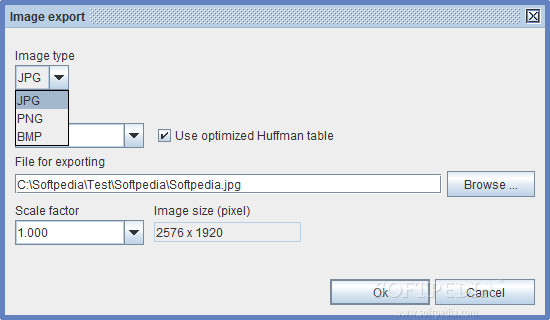
Flickr, Google Photo, and Tumblr do not delete metadata.Facebook, Twitter, and VK.com delete metadata.It’s a short path from an online photo to a real-life location You can experiment with different services too it’s easy to do and rather fascinating. The plugin shows the metadata of JPEG images posted to the Internet and stored locally it also integrates with geolocation services and shows thumbnails. To do that we used a Firefox plugin called Exif Viewer 2.00. We tested some popular online services to see how they handle EXIF. However, as you’ll see from our test results, some sites that help people sell stuff strip out metadata to protect users. As far as other online services, stories abound of items in “for sale” posts being stolen, presumably a result of thieves figuring out their location from photo metadata. That really depends on the service - some delete it but others don’t. With social media and photo services, your privacy may be compromised.

Anyone with whom you share the photo can access the associated metadata. In the first case, your file remains unaltered. You post a photo of, say, your used bicycle to sell on a message board.You upload your photos to social media and photo services.You e-mail your photos or upload them to cloud services such as Google Drive or Dropbox.The experimentįirst, we considered the possible scenarios that can expose private details when users post photos online: Read on to find out what’s happening with that data when you share photos. We set out to learn how various photo editors and services handle metadata and see whether they delete potentially compromising tags or leave them there. #Vice forgot to clean (or faked?) the GPS-location from the EXIF-tag on their picture with #McAffee : The photo’s metadata included a geotag that law enforcement used to catch McAfee. While on the run from criminal prosecution for the alleged murder of his neighbor, McAfee was interviewed by Vice, which also published his portrait. One of the most prominent examples of metadata being used in a manner not intended by a photographer is the apprehension of John McAfee in Guatemala in 2012. Moreover, camera vendors might use a proprietary metadata format, partially redundant with EXIF.Įmbedded metadata, at times forgotten or ignored, can present a problem to both authors and the people in photographs. Other popular formats such as PNG and GIF might also contain similar metadata - in particular, Adobe’s XMP-based metadata. EXIF was developed for JPEG and TIFF files. The Exchangeable Image File Format standard was developed by the Japanese Electronics and IT Association (JEITA) and first published in 1995. One of the main metadata collectors is the EXIF block that is added to graphic files. Searching photo metadata is a method of doxxing, which is the practice of gathering real-world data, such as the real name and home address, on a person of interest online. It can be used to track you down, and to find more photos taken by you - and perhaps find some private pics among them. Moreover, the service used to post you photo online will record the IP address you used to upload the picture.Įven if you are not highly concerned about privacy, having that much information attached to a photo may not sit easily with you.

#Exif data viewer image serial number#
This kind of photo information is more comprehensive than the likes of “2016 New Year’s party at our place.” Besides more esoteric attributes such as focal length and flash mode, the “note” might contain the model and serial number of the camera, the date of the photo, and, more important, geolocation data - where the picture was taken.

These days, one needn’t scribble comments on a photo your camera, an image-editing app, or the service you use to post your photo will add information for you. An old-school habit, labelling the back of photos, has transitioned into something more appropriate for the digital age.


 0 kommentar(er)
0 kommentar(er)
